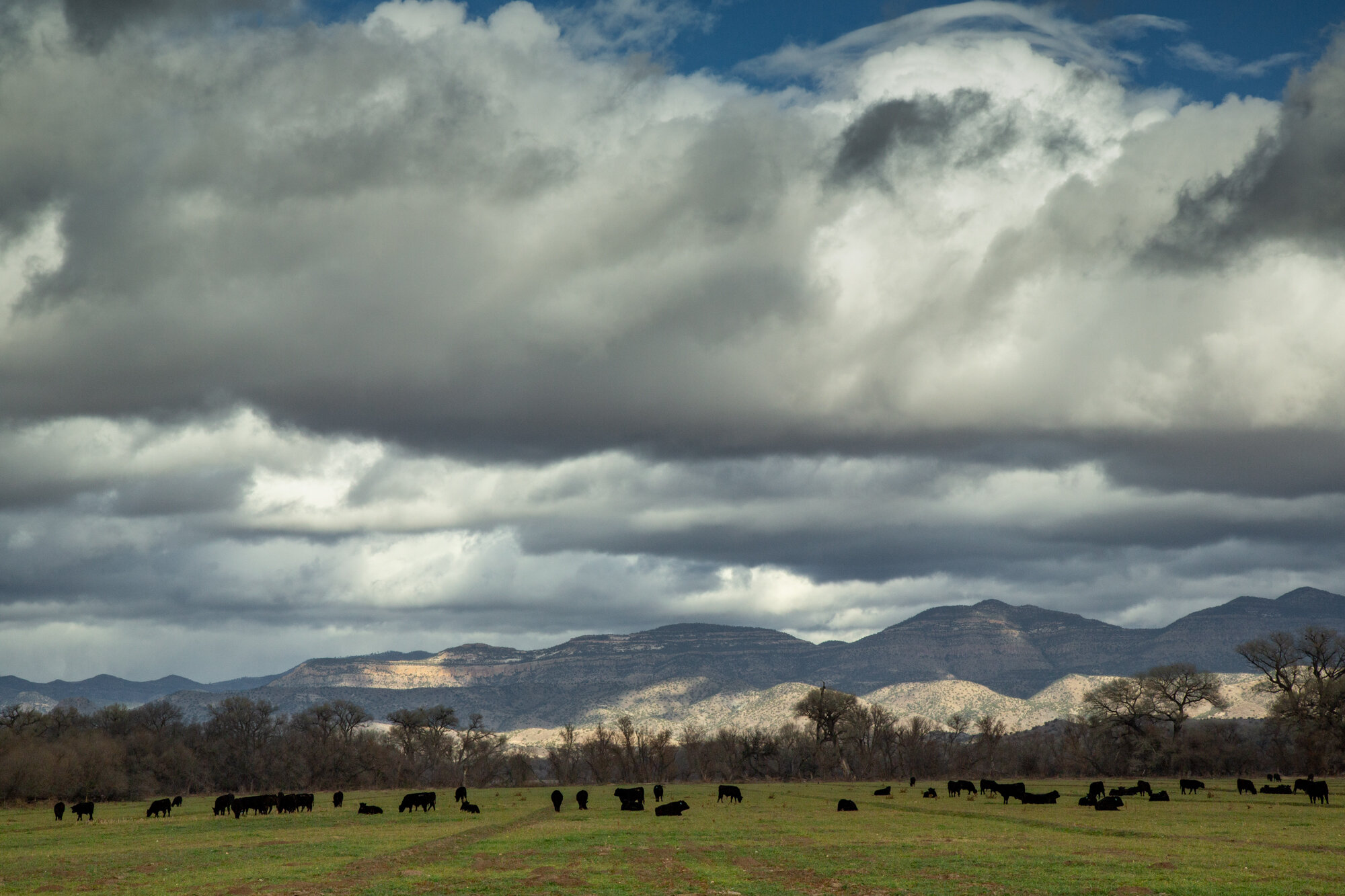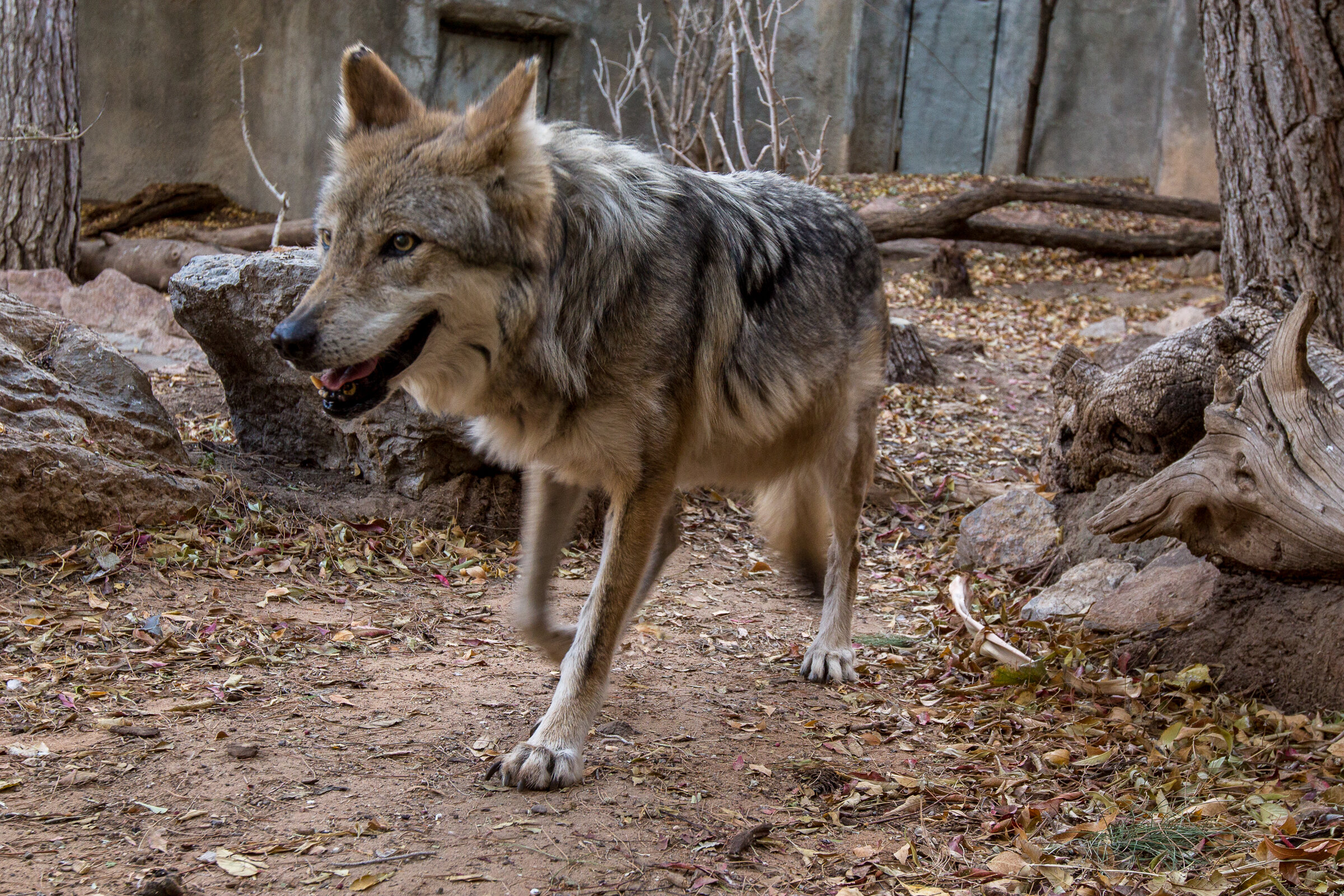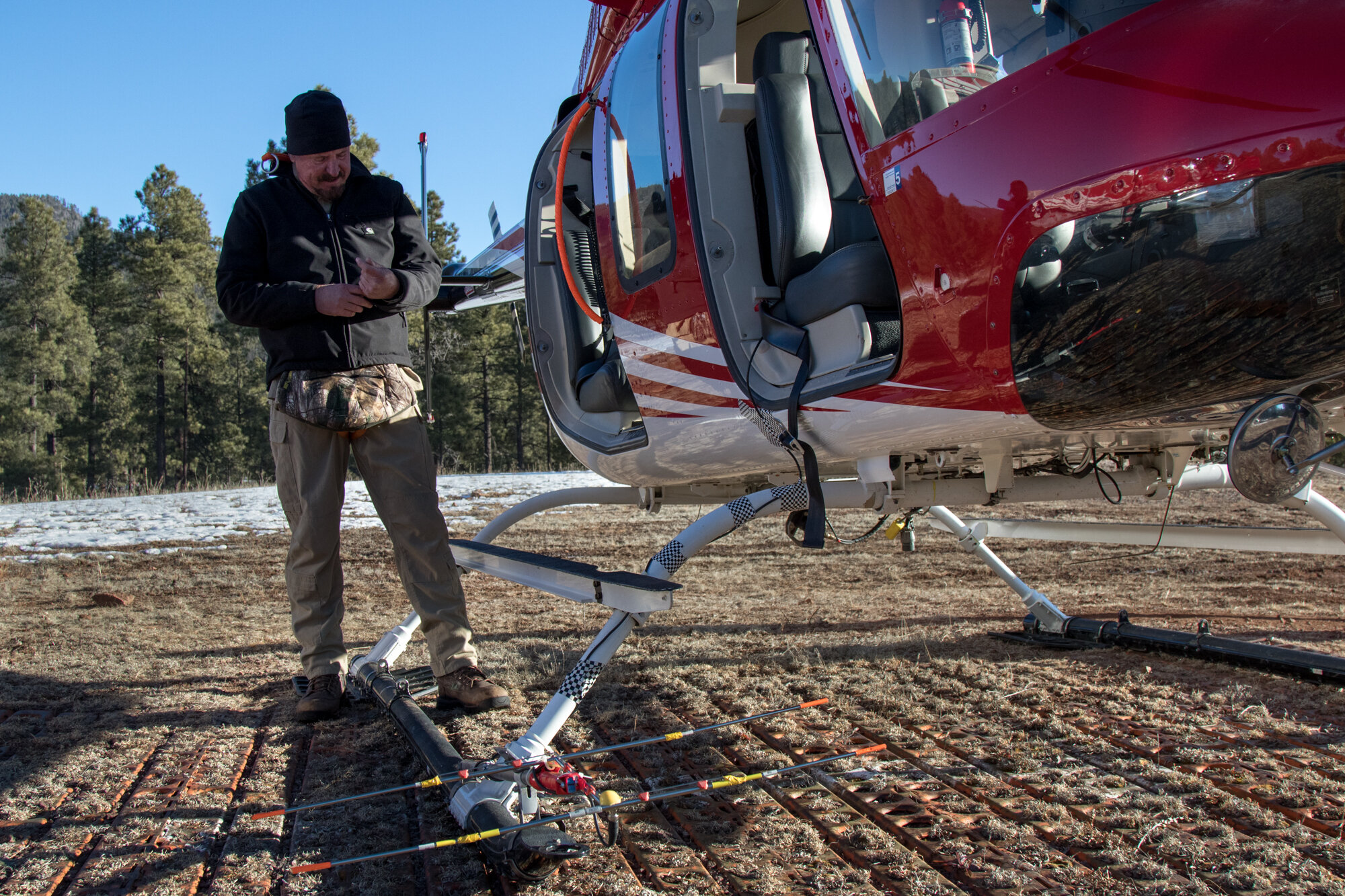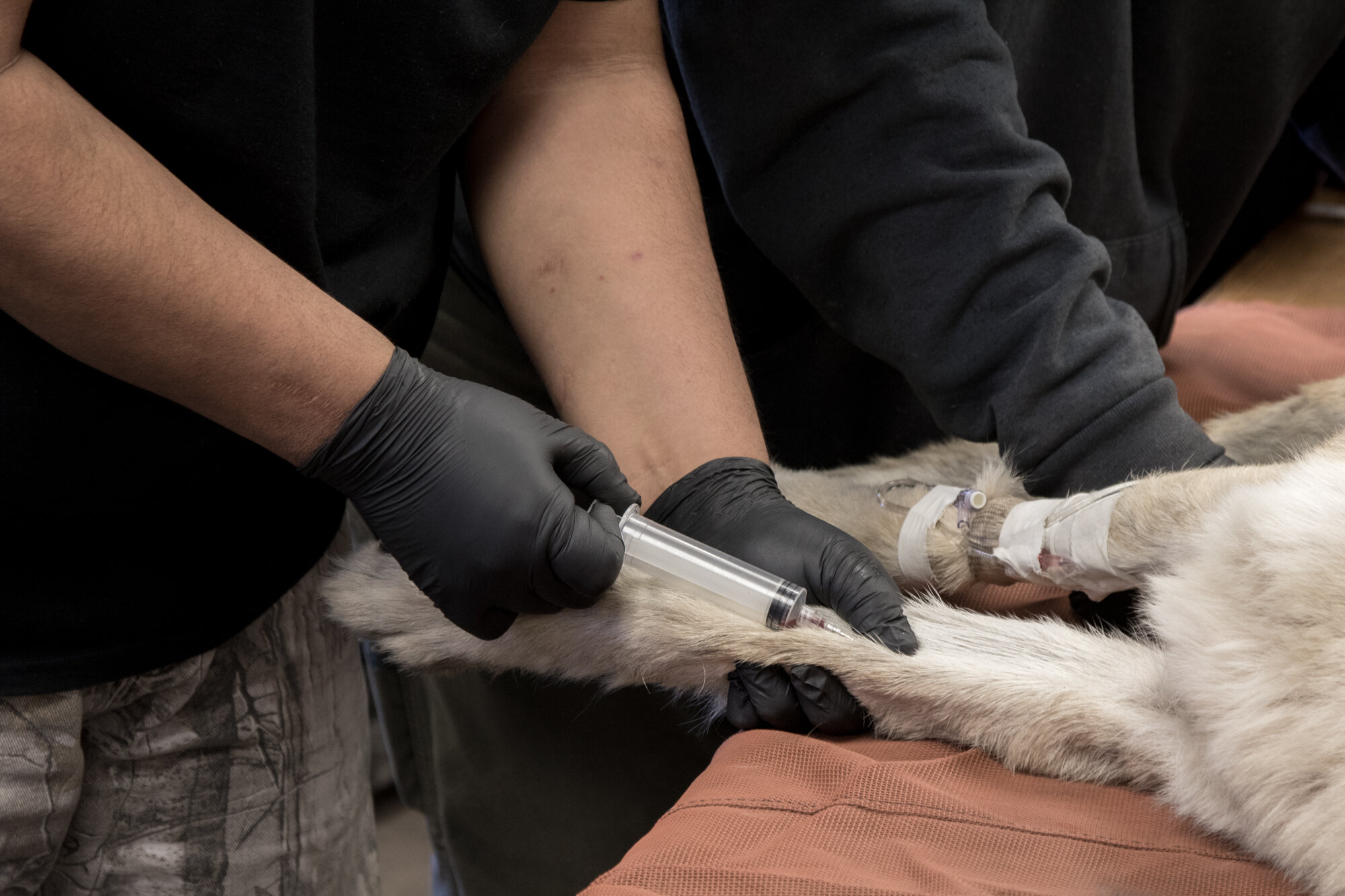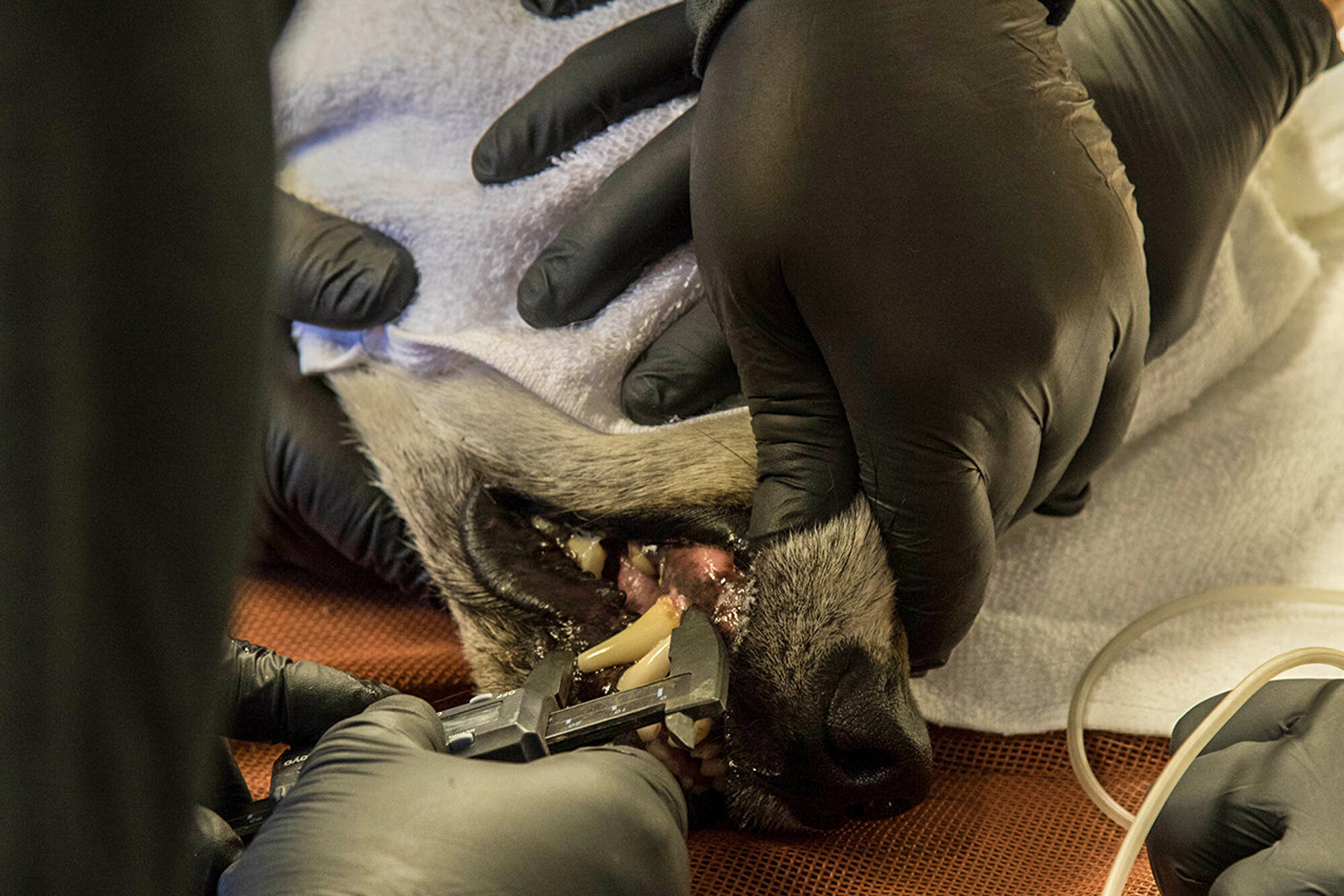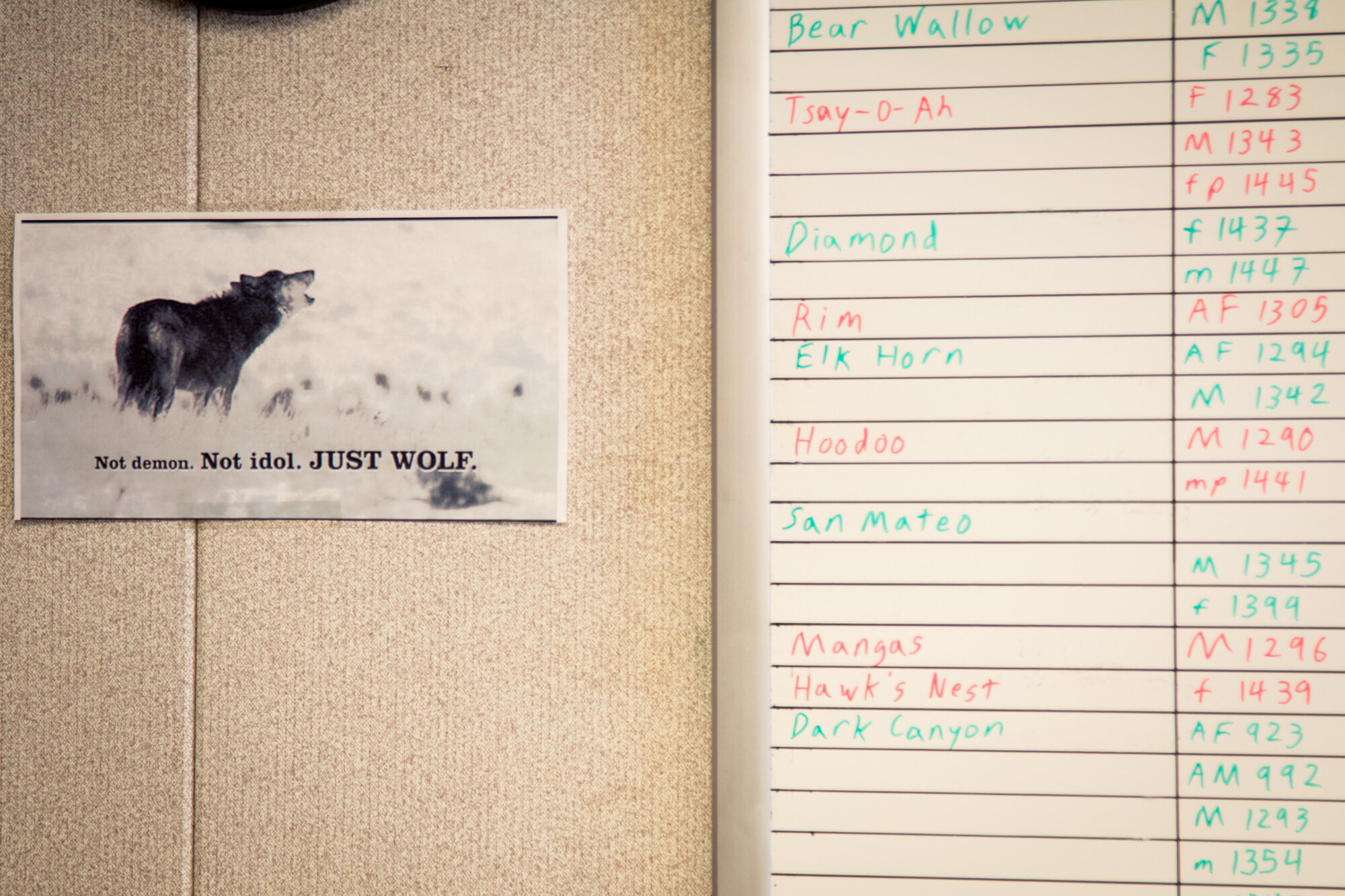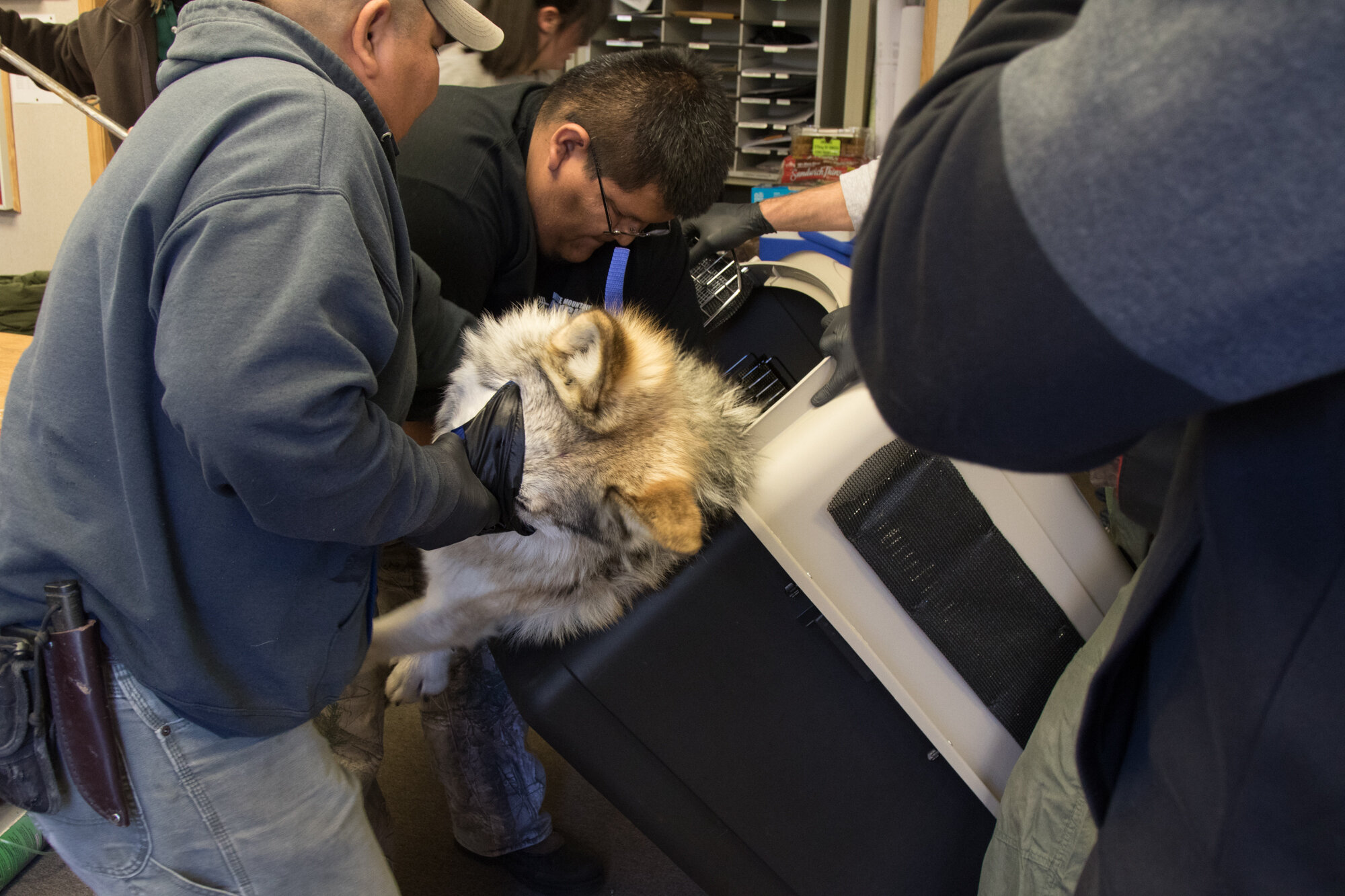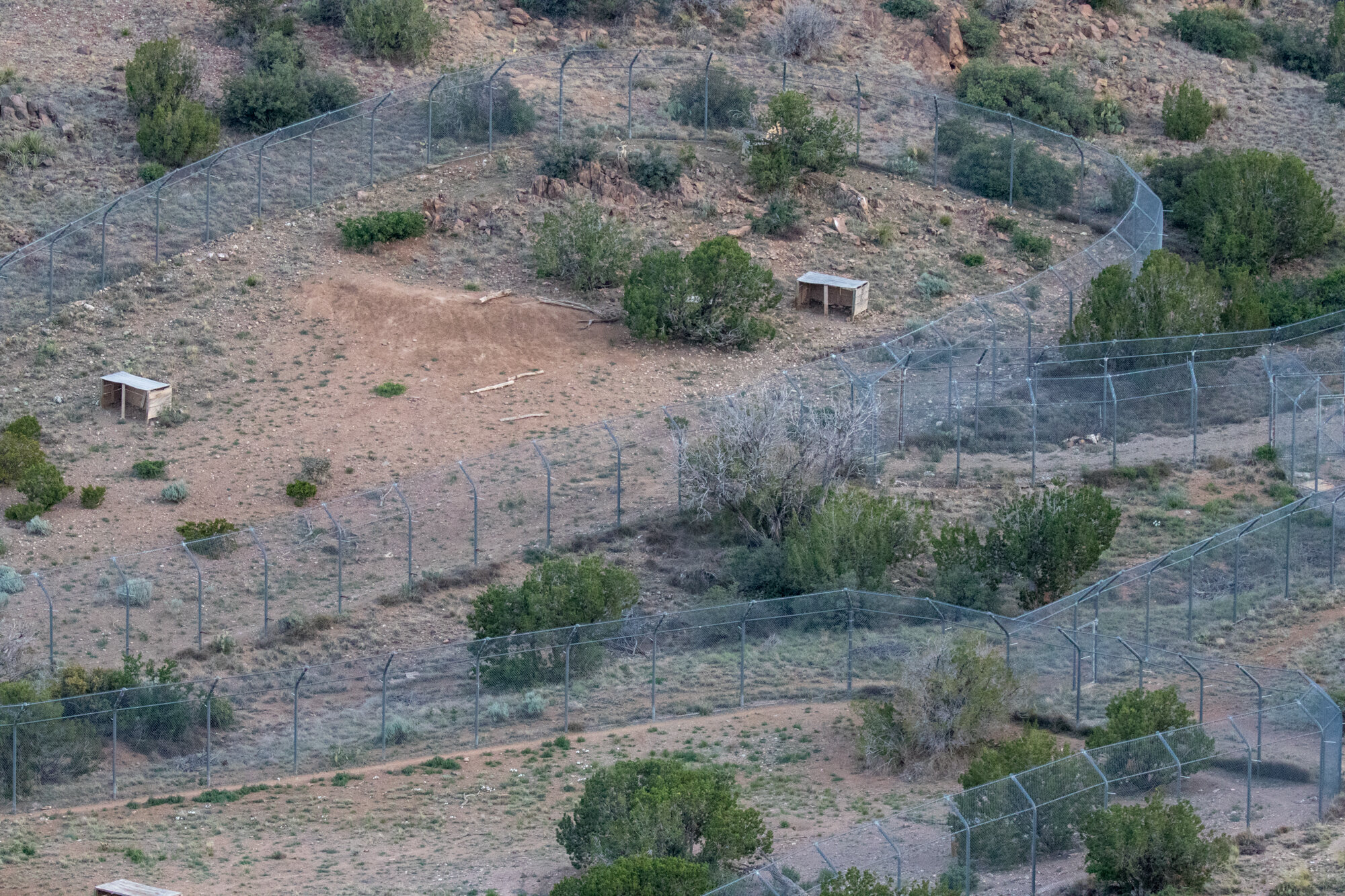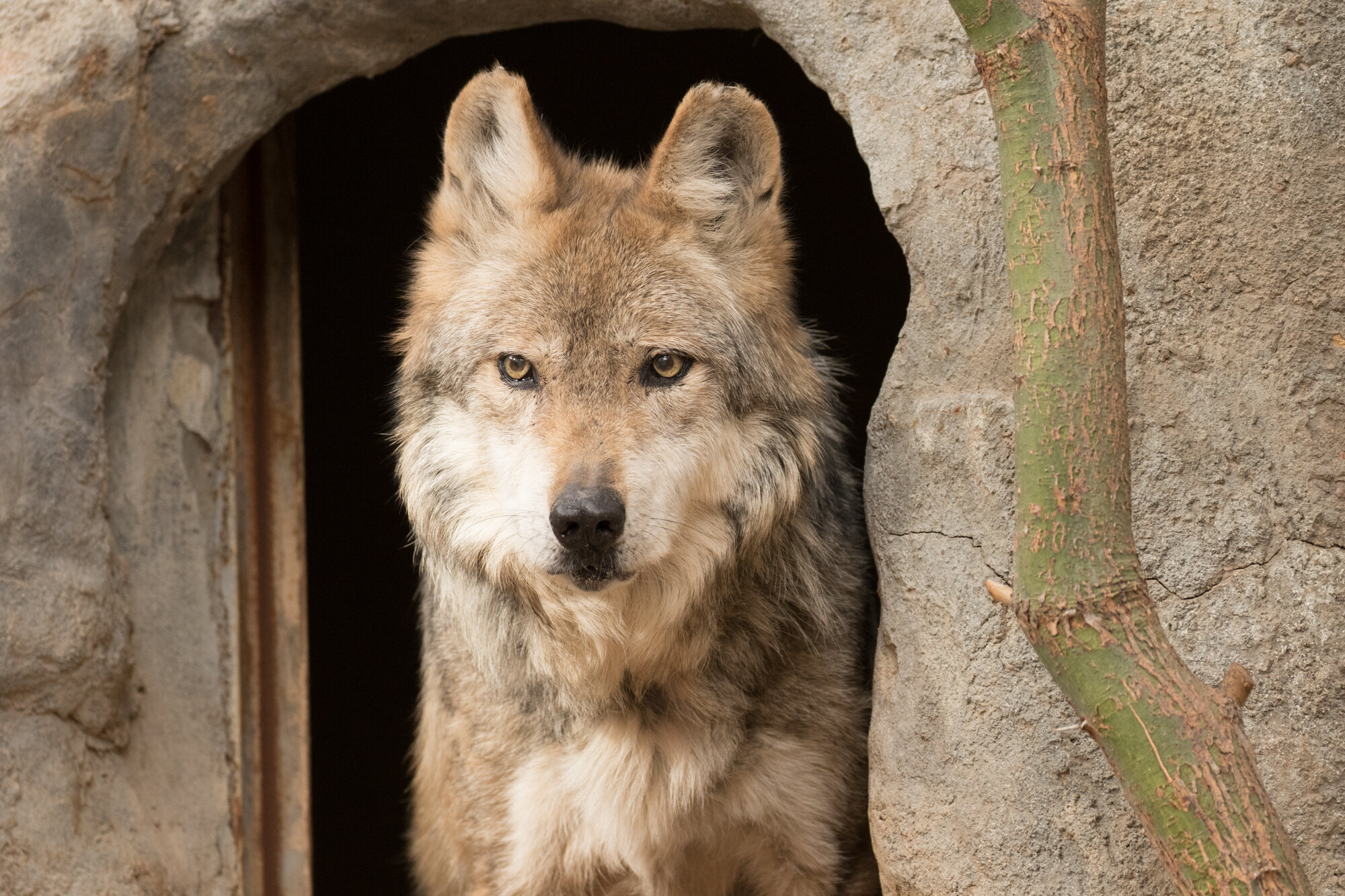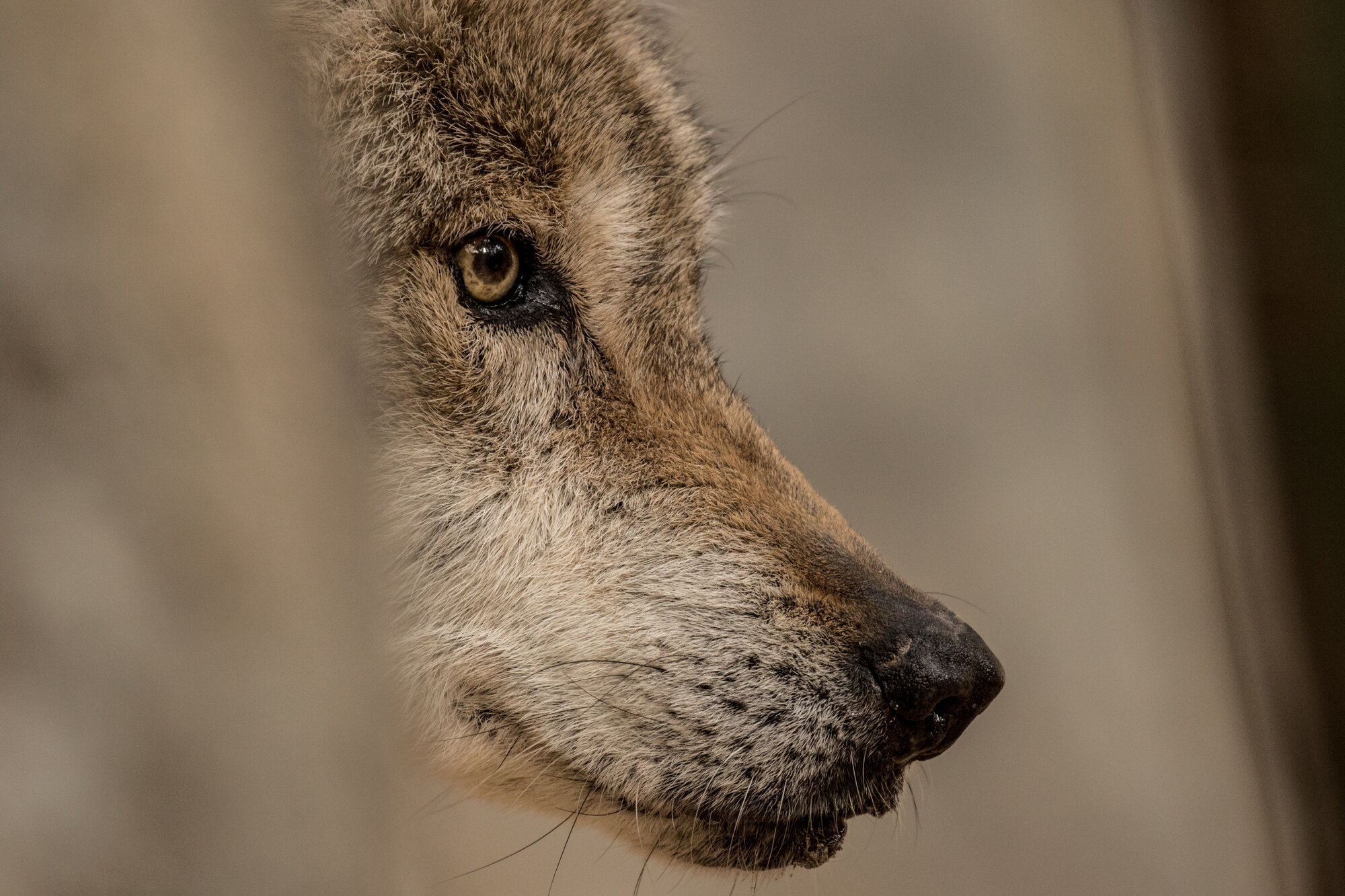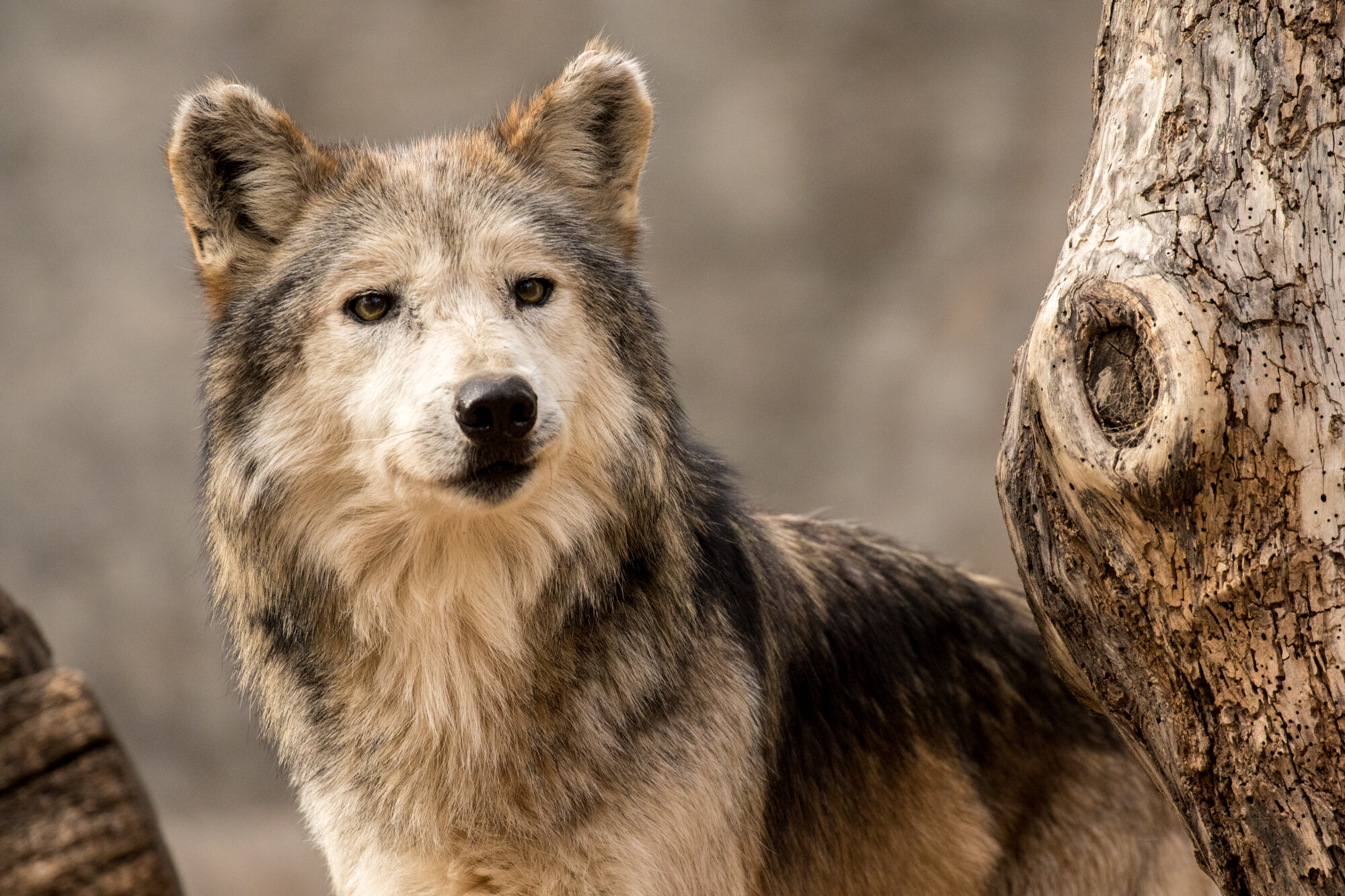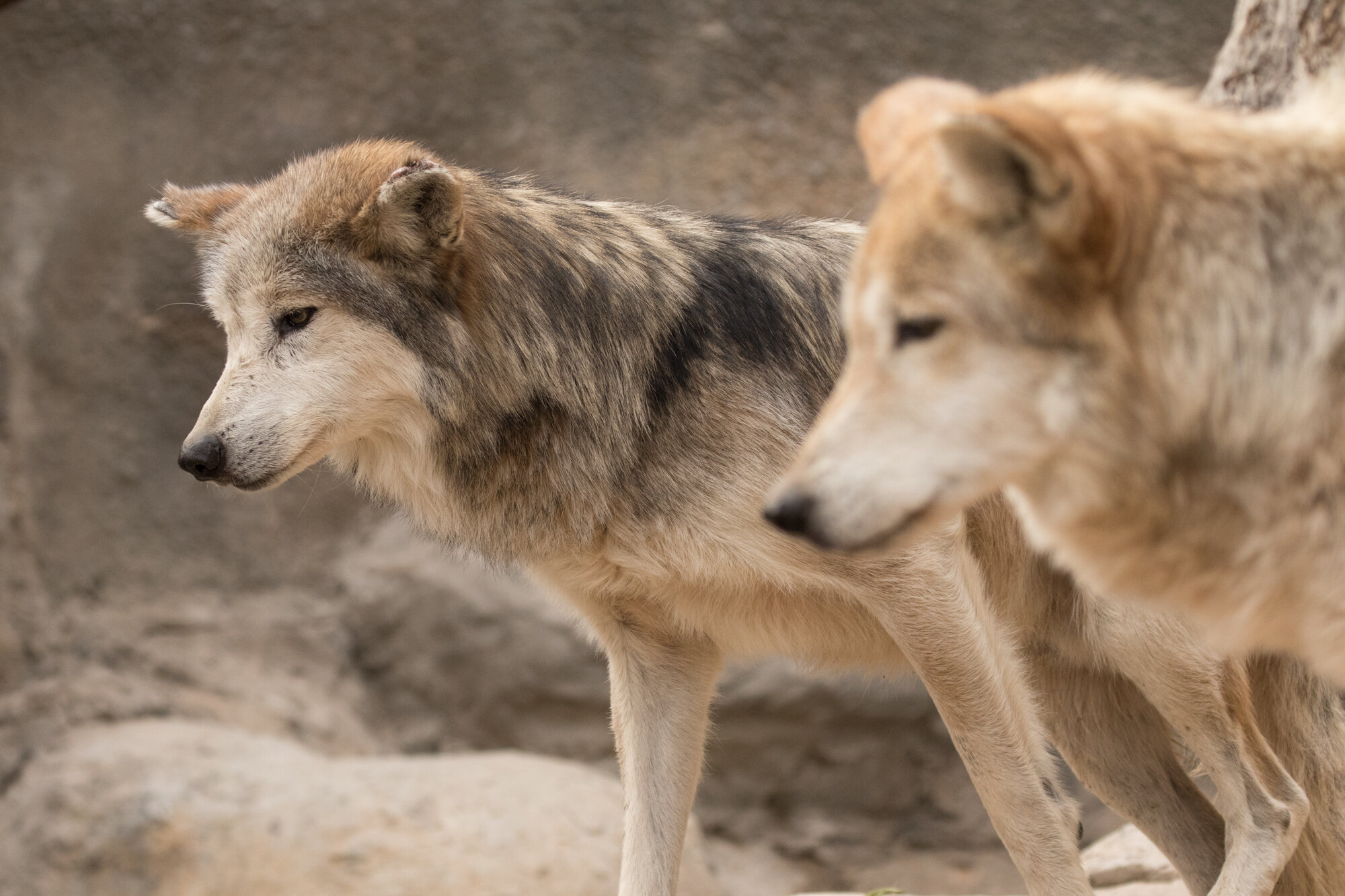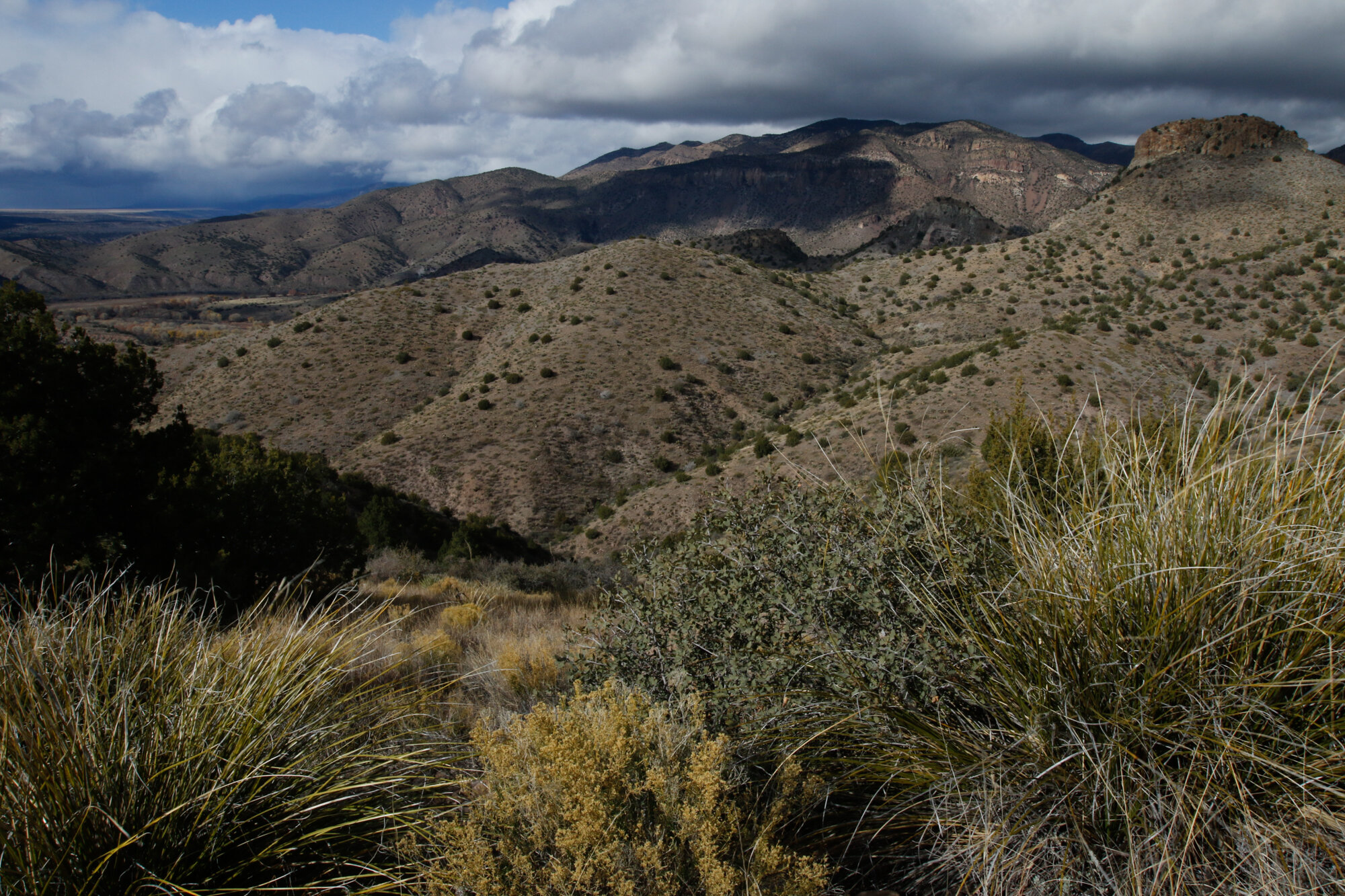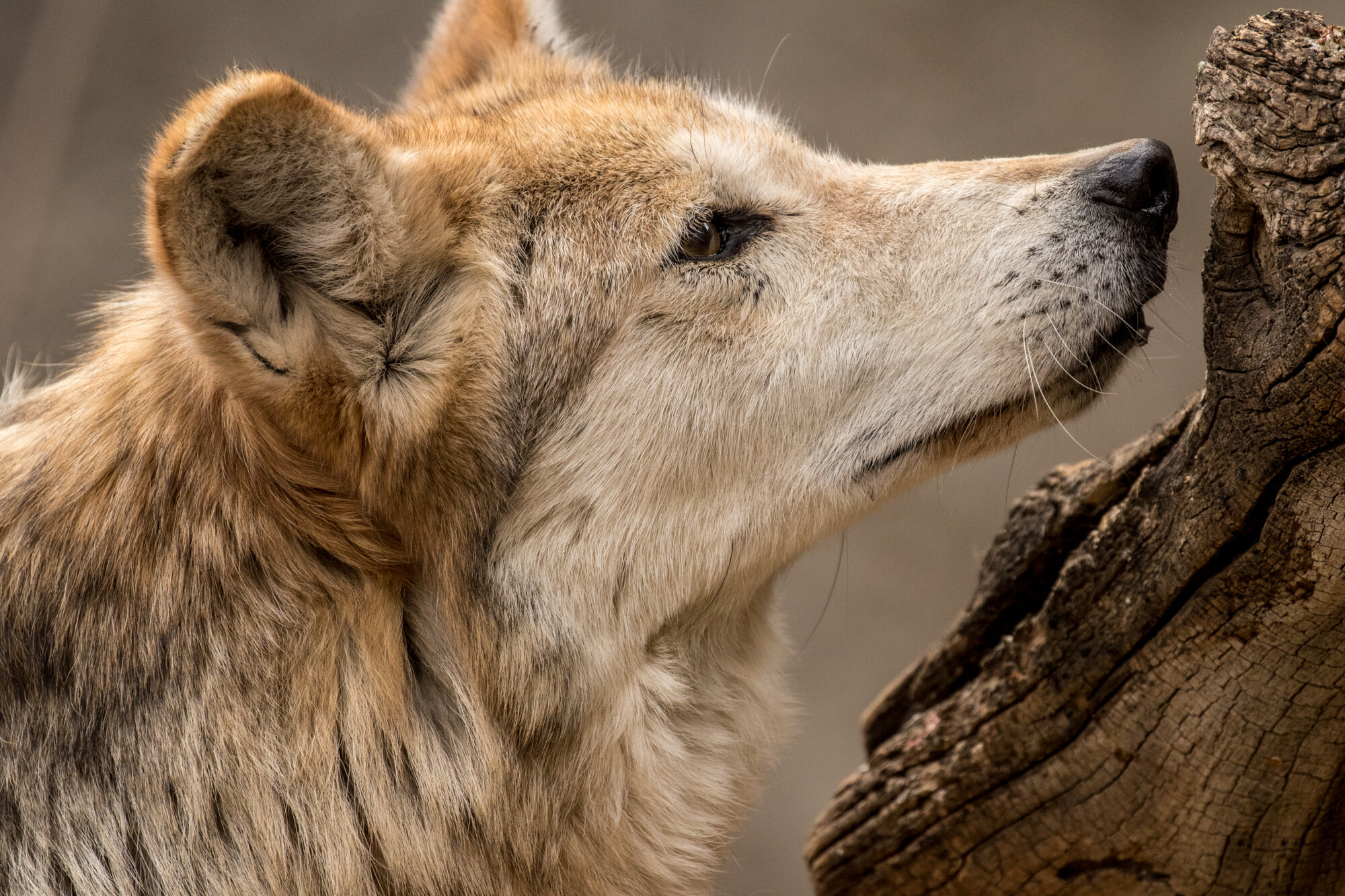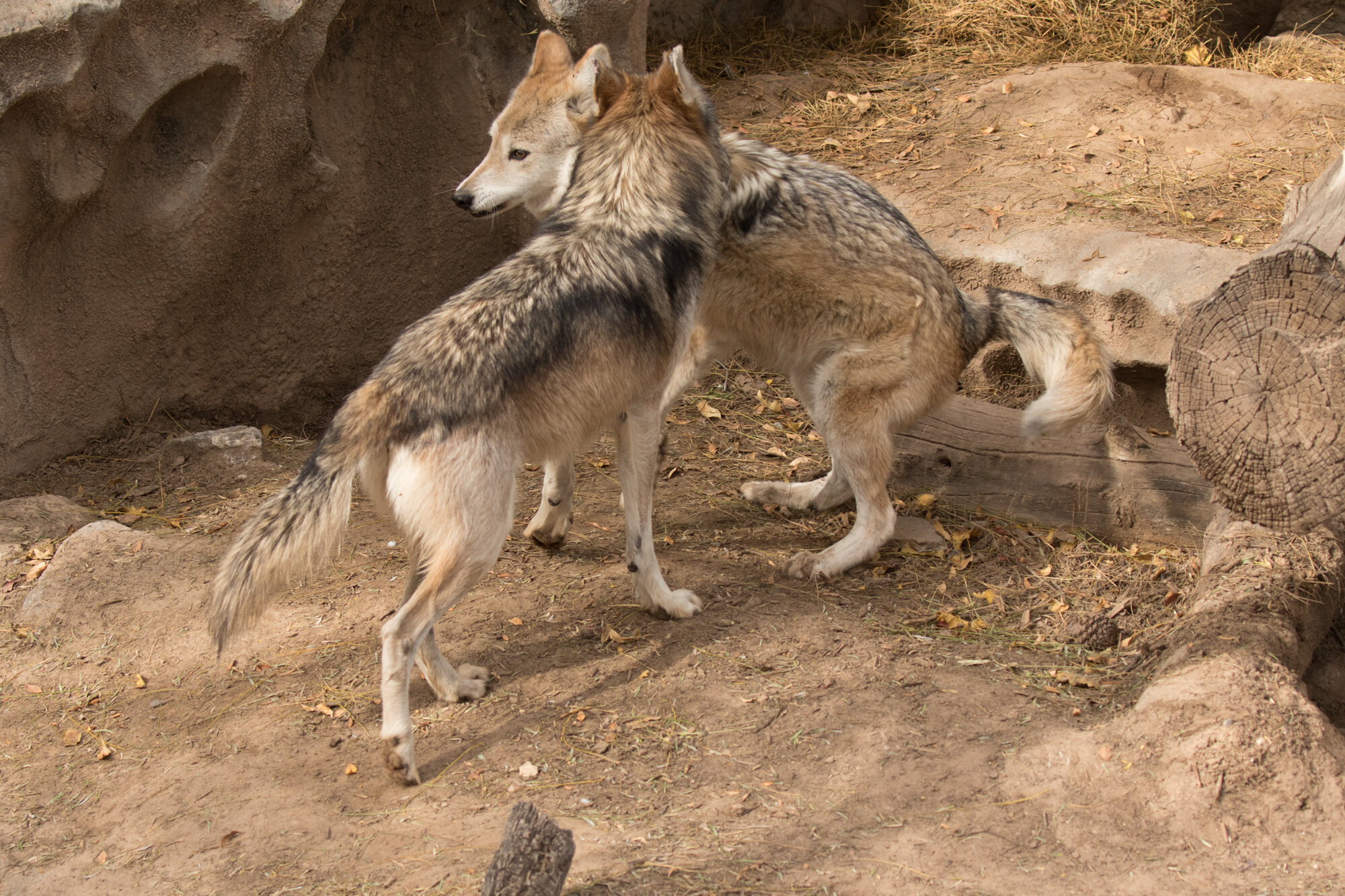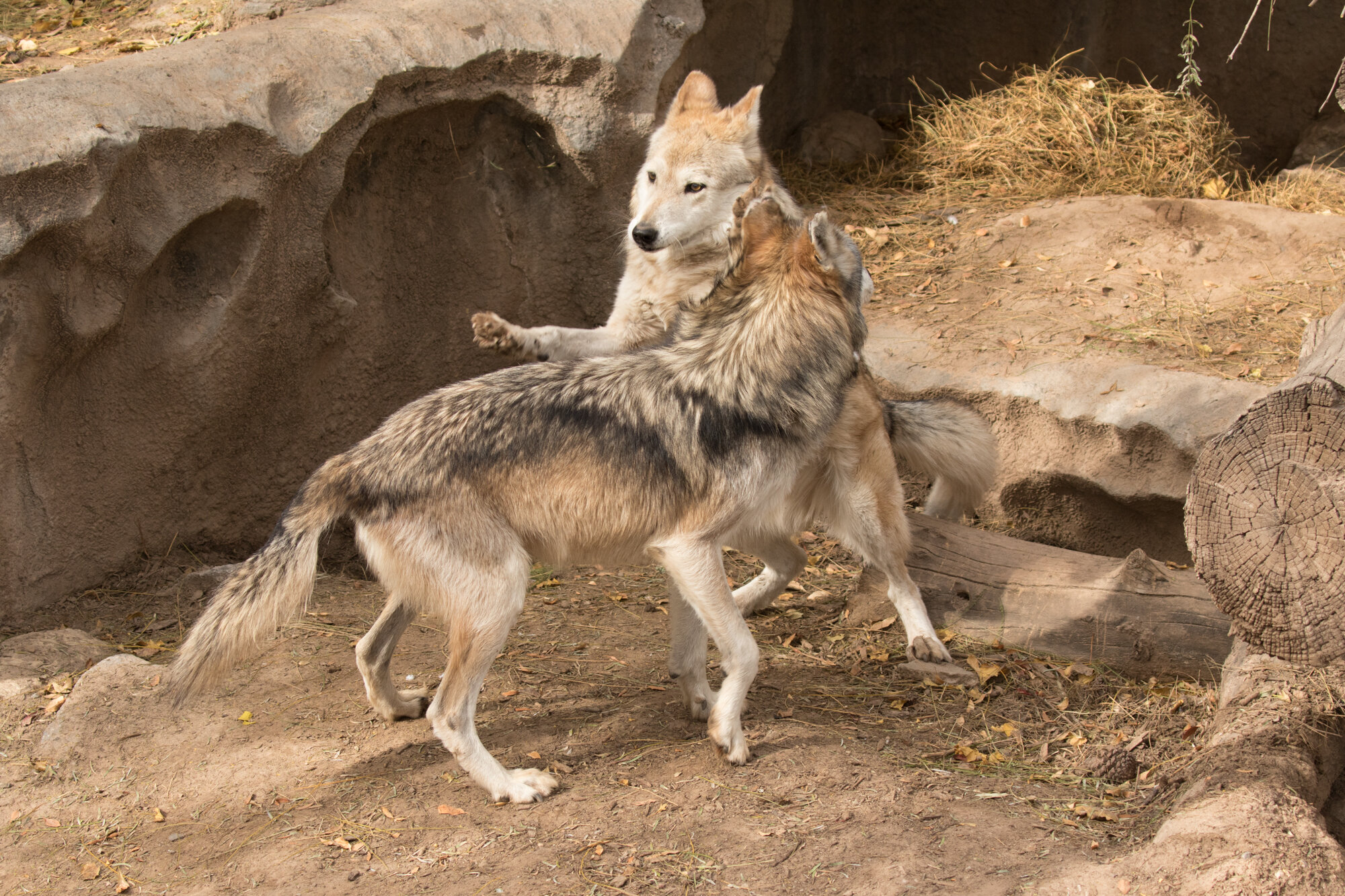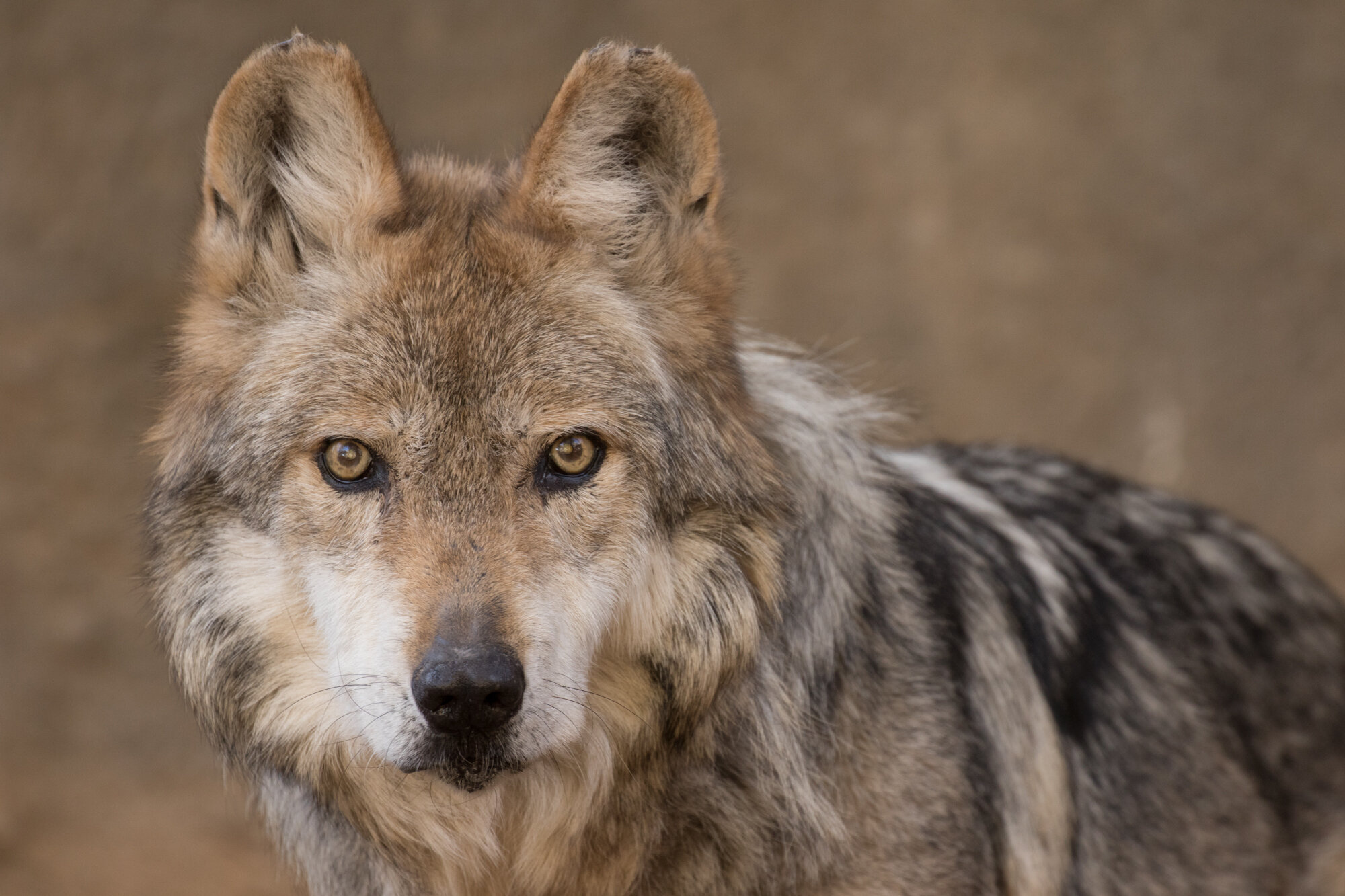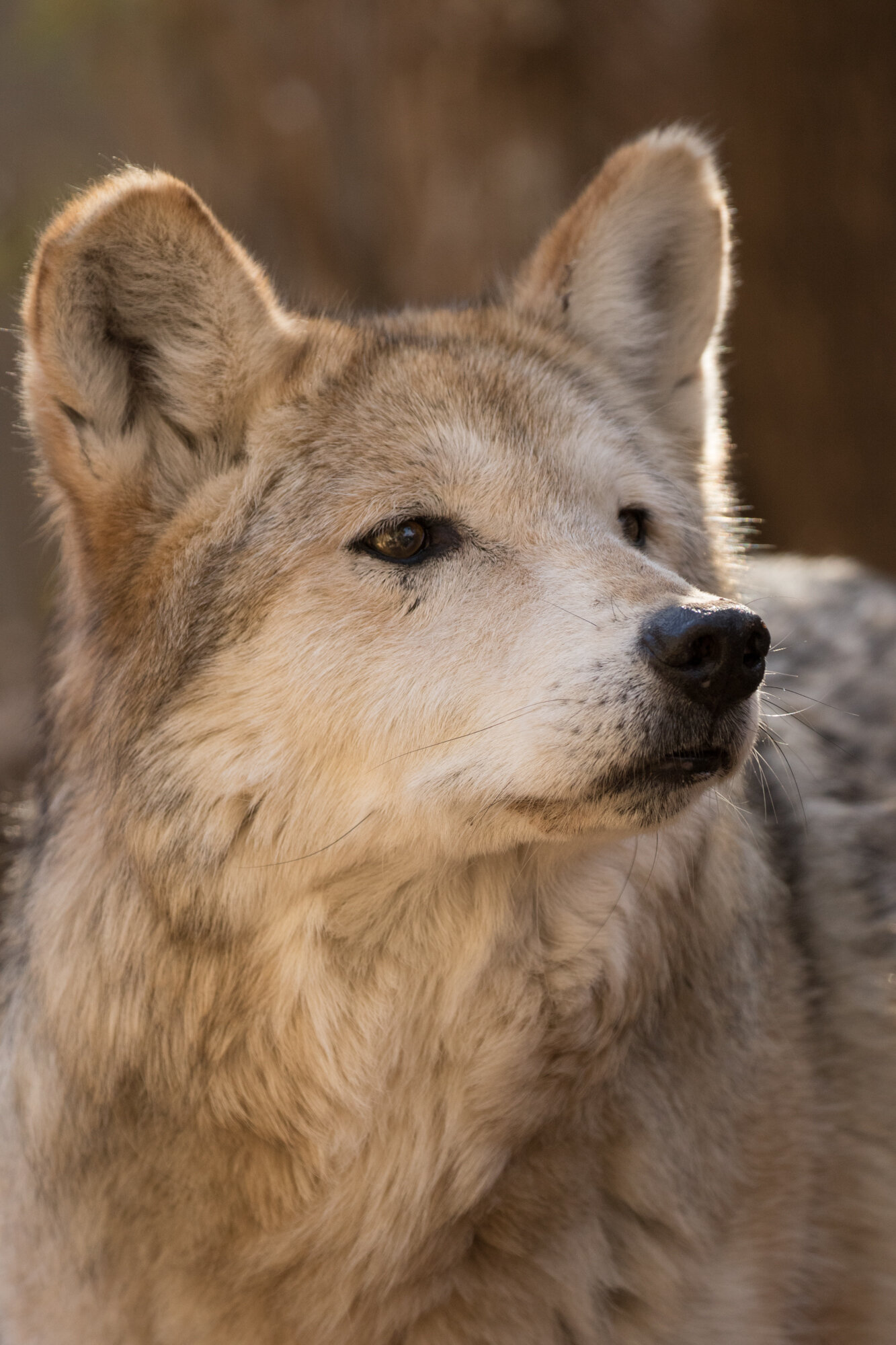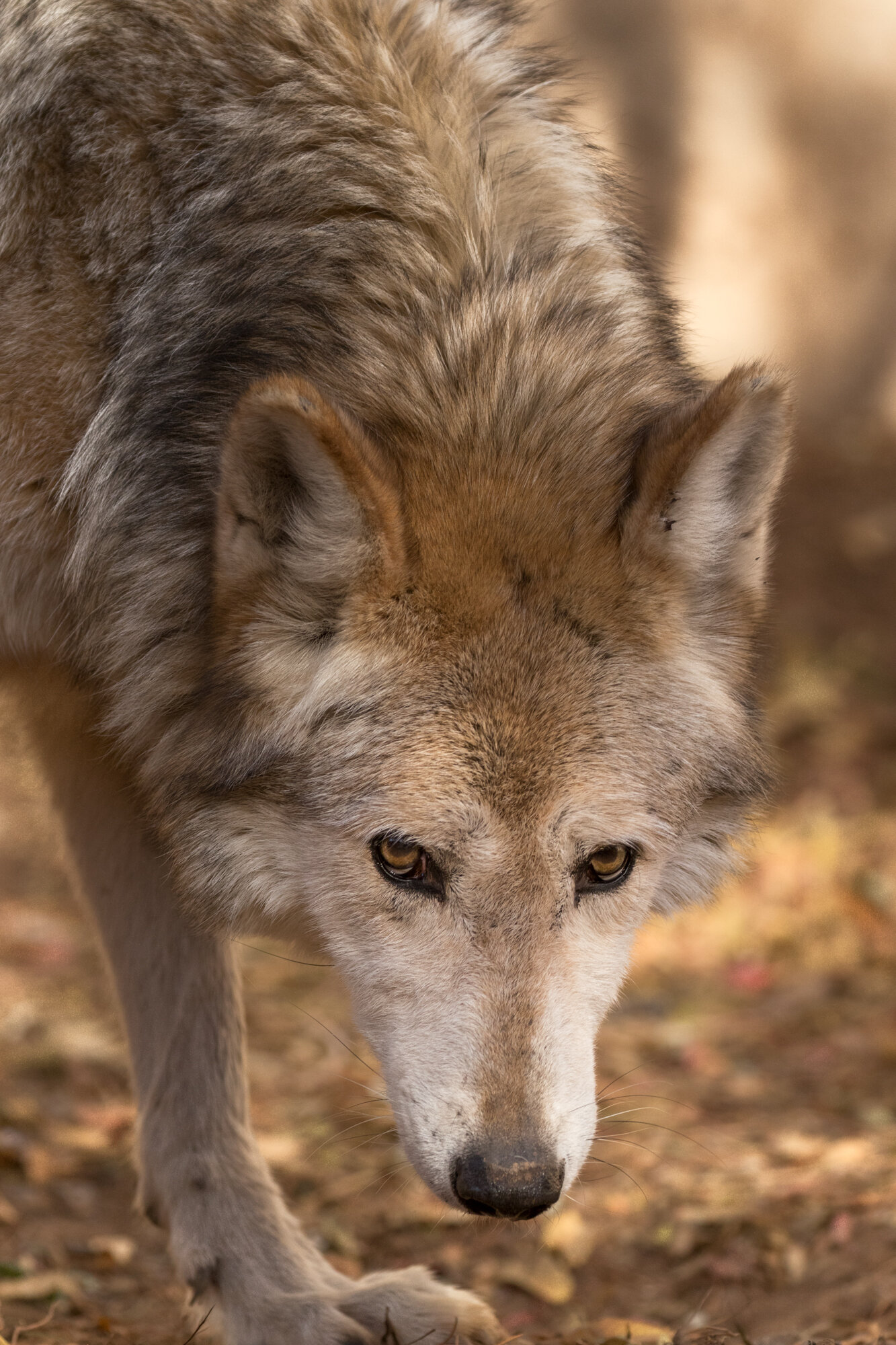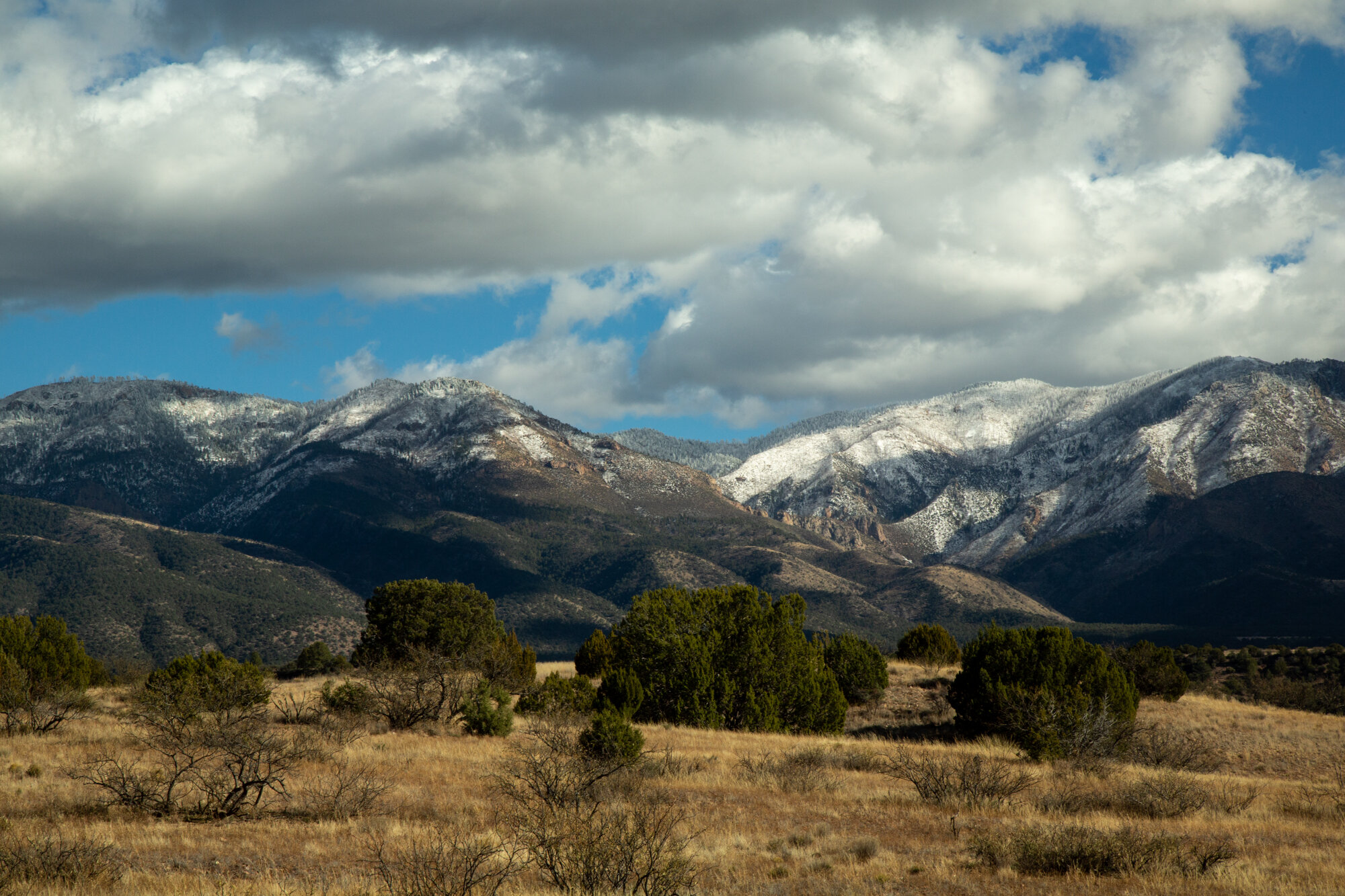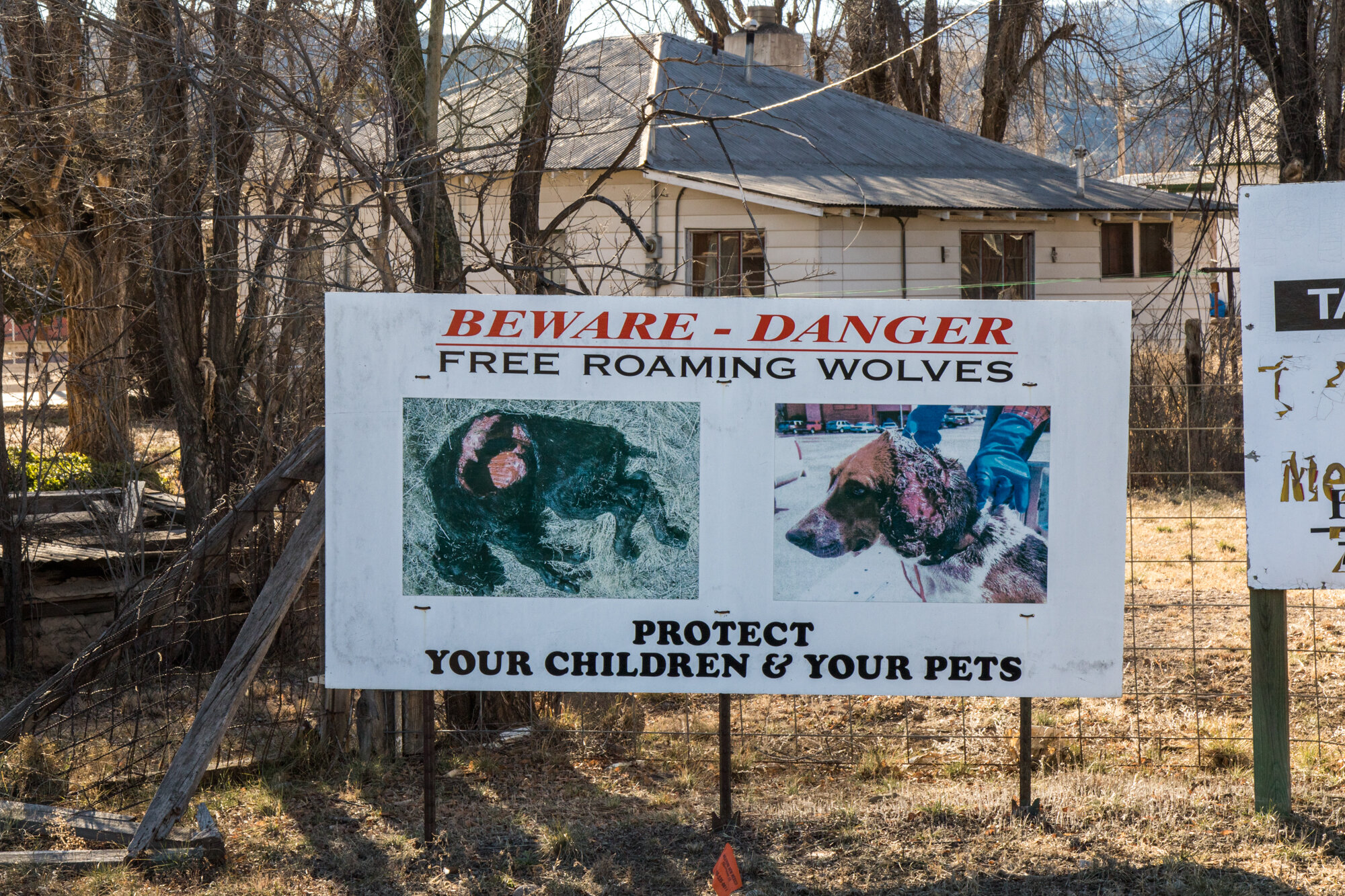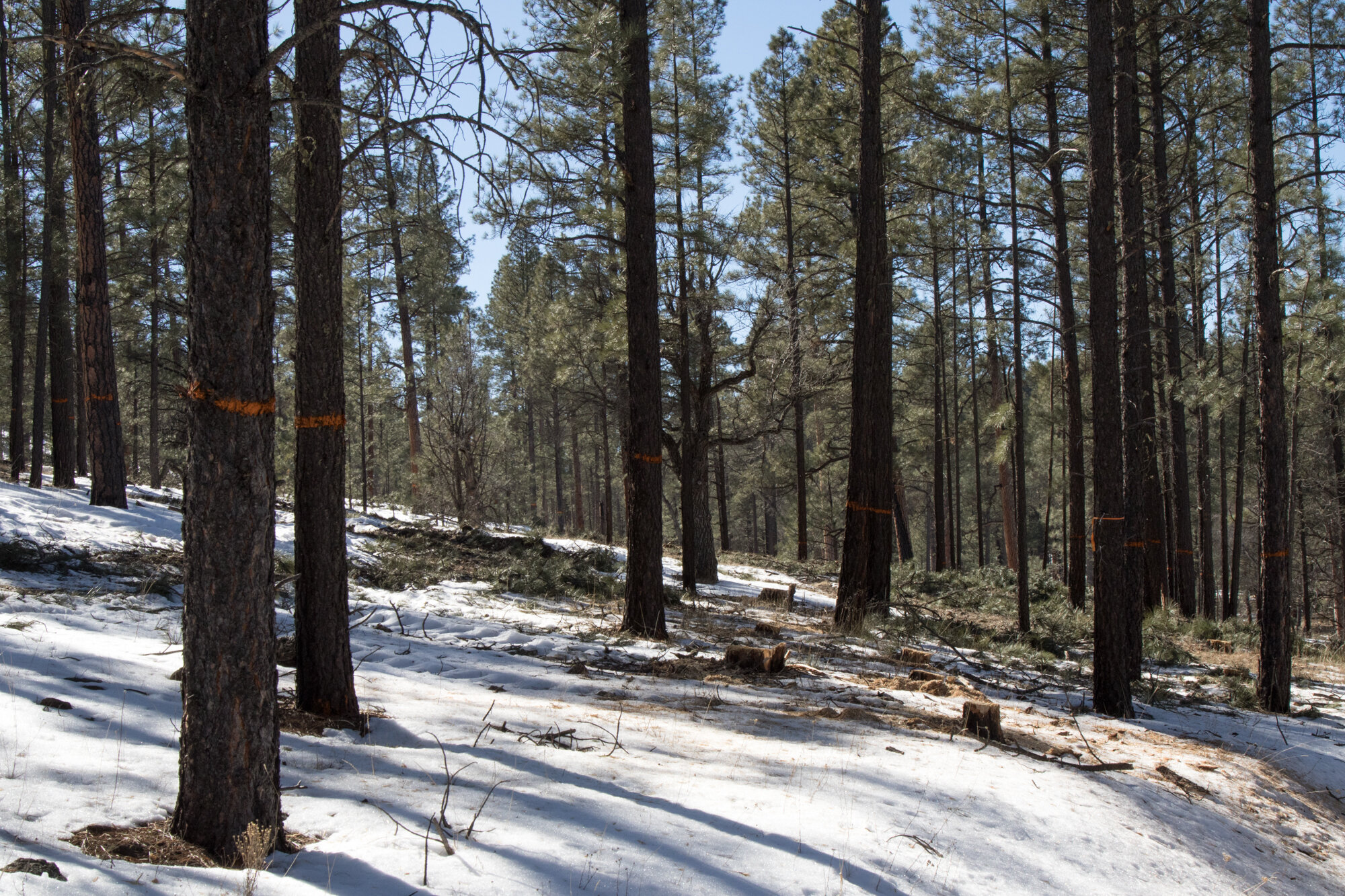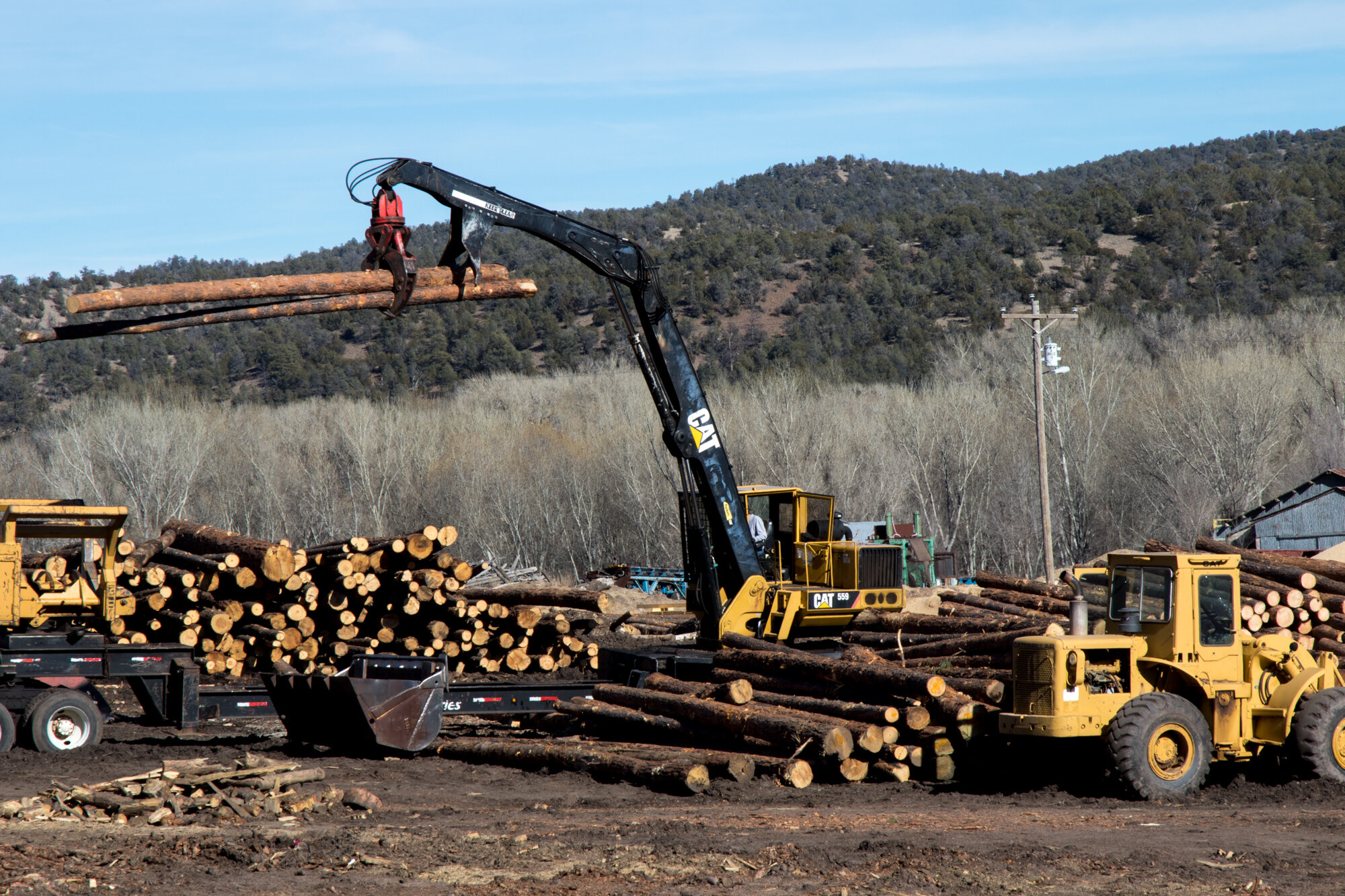Mexican Wolf
NOT DEMON. NOT ANGEL. JUST WOLF.
No wild animal is more revered or more hated than the wolf. Its story reflects the struggle to share the heart of the American West: an open wilderness to be protected and left untrammeled or a landscape rich in resources to be dominated and consumed? At present it is something in between.
The Mexican gray wolf is an embattled endangered species in New Mexico, Arizona, and Mexico. Also known as the Lobo, it is a subspecies of gray wolf, slightly smaller than its northern cousins with gray fur, light brown on its back, and often a cinnamon tint. From government agencies working on the wolf recovery program, environmental groups advocating for healthy populations, to citizens encountering wolves in their backyard, and ranchers trying to learn to live with them, to the still mostly unknown lives of these elusive animals, Mexican wolves are in the center of a fascinating unfolding story.
I use my photography of these subjects to help build understanding, reveal the struggles and beauty of life alongside an apex predator, and eliminate misconceptions about this wild canid. Through photography and storytelling, this project reveals the wolves’ natural history, threats to their survival, the scientists working on their recovery, and the individuals and communities impacted by the presence (or absence) of the wolves.

Mexican wolves once numbered in the thousands inhabiting Mexico and the Southwestern U.S., but due to government campaigns to remove the apex predator from the landscape in support or livestock ranching, this subspecies went extinct in the wild. By the mid-1970s, only seven Mexican Gray Wolves existed in the entire world.
In 1998 during a short window of political will, the U.S. Fish and Wildlife Service reintroduced Mexican wolves to Arizona, and later that year, to New Mexico in the Gila Wilderness. Once this predator returns to healthy populations, biologists believe It wIll restore the Southwest's ecosystems by regulating elk, deer, and javelina populations. Twenty years later, that balance has yet to be restore and the story of the Mexican Gray Wolf is one of continued conflict and incremental progress.
Poaching, genetic issues, and opposition from locals and powerful ranching and trophy hunting interests keep the Mexican Gray from establishing a thriving population on the landscape. Their numbers have grown to 130 individuals in 2021, but they live as a highly managed species within political boundaries drawn on a map. The wolf is not able to expand into the available natural habitat through its full historic range.

